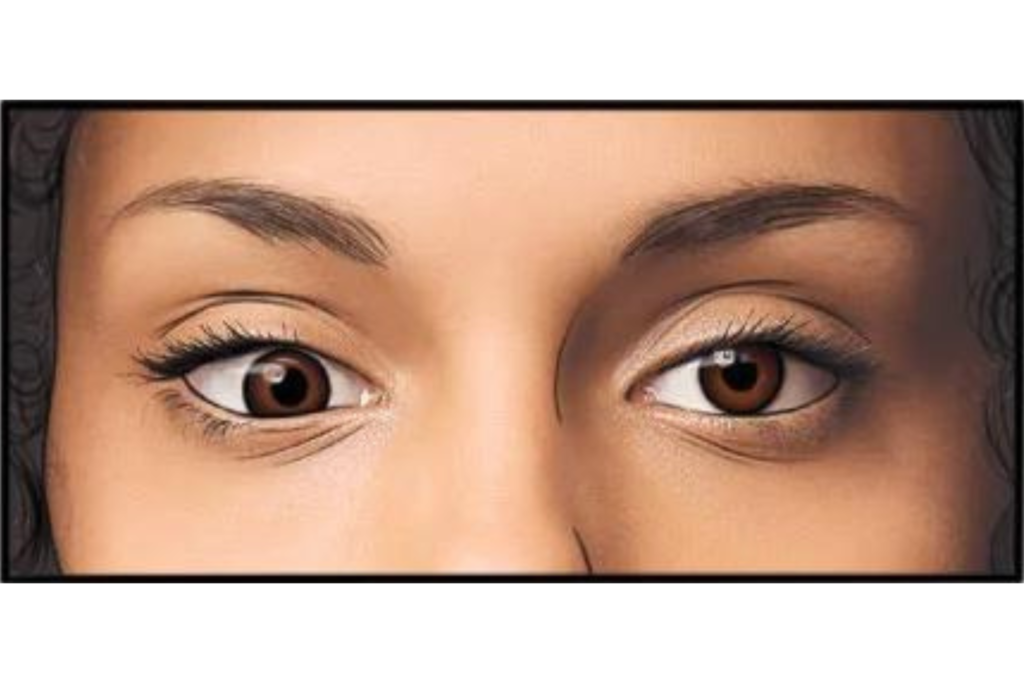Beyond Patching: Exploring Diverse Treatment Options For Amblyopia
(Posted on Sunday, January 14, 2024)

This story is part of a series on the current progression in Regenerative Medicine. This piece is part of a series dedicated to the eye and improvements in restoring vision.
In 1999, I defined regenerative medicine as the collection of interventions that restore tissues and organs damaged by disease, injured by trauma, or worn by time to normal function. I include a full spectrum of chemical, gene, and protein-based medicines, cell-based therapies, and biomechanical interventions that achieve that goal.
Amblyopia, also known as lazy eye, is a common condition affecting up to 3 out of every 100 children. The condition arises due to abnormal visual development in one eye, leading to reduced vision. Early detection and treatment are essential in preventing long-term vision problems. This article will provide an overview of amblyopia and discuss the current and emerging treatment options.
What is Amblyopia and What Causes it?
Amblyopia is a condition where one eye has reduced visual acuity compared to the other. The condition usually occurs during early childhood and can be caused by various factors, including refractive errors, strabismus, and other structural abnormalities in the eye. In most cases, amblyopia develops because the brain and the affected eye do not work together correctly, leading to the use of the stronger eye and neglect of the weaker eye, which deteriorates over time.
Research has shown that amblyopia develops due to a lack of visual experience during early childhood. The brain becomes more responsive to the visual input from the stronger eye, leading to a preference for that eye and, subsequently, the weakening of the other eye. If left untreated, this neural plasticity results in permanent visual acuity loss in the affected eye.
Current Treatments for Amblyopia
The treatment for amblyopia aims to stimulate and improve the visual development of the weaker eye. Current treatments include patching, atropine eye drops, and optical penalization.
Patching is a commonly used method to treat amblyopia, and it involves covering the stronger eye with an eye patch. This treatment promotes the use of the weaker eye and helps it develop properly. The patch is usually worn for several hours a day, and the duration of the treatment depends on the severity of the condition.
A study published in the American Family Physician Journal suggested clinical trials indicate that in children with moderate amblyopia, patching for two hours daily is as effective as patching for six hours daily. Daily atropine is also as effective as daily patching in this group.
Atropine eye drops are applied to the stronger eye and work by blurring its vision. This encourages the use of the weaker eye, which is then forced to work harder, leading to better vision in the affected eye. Atropine eye drops are usually used when patching is impossible or when the patient has difficulty wearing the patch.
Optical penalization is another treatment that can be used to treat amblyopia. This method uses a lens that blurs the vision in the stronger eye while keeping the weaker eye clear. This treatment also forces the weaker eye to work harder, leading to better vision. Optical penalization is usually preferred over atropine eye drops.
Although these methods have effectively treated amblyopia, they can be challenging due to the child’s discomfort, low compliance, and disruptive effect on daily activities. These treatments have been found to have limited effectiveness in children older than ten years. A study published in the American Academy of Family Physicians journal also suggested that children younger than seven years benefit most from treatment. Therefore, exploring new treatment options that can improve compliance, accelerate visual recovery, and provide long-term benefits is essential.
Cutting Edge Treatments for Amblyopia
Recent advances in neuroscience have led to innovative approaches to treat amblyopia. These treatments include virtual reality therapy and binocular treatments.
Binocular treatment uses metaplasticity to promote full recovery. This method involves using a local anesthetic, tetrodotoxin, to silence activity in both retinas. It can be delivered through intraocular injections. Research has shown that this approach is effective for both juvenile and adult animals, providing a treatment strategy that does not depend on compliance and promotes the recovery of binocular vision, regardless of age.
Virtual Reality (VR) therapy is an innovative treatment method for amblyopia that involves using specialized VR headsets to create an immersive visual experience. This experience stimulates the weaker eye and enhances its function, making it a promising and effective treatment option.
Studies have shown that VR therapy has higher compliance rates and shorter treatment periods than traditional methods. It also leads to improved vision in children with amblyopia. The immersive and engaging experience provided by VR therapy makes it more enjoyable for children, resulting in better treatment outcomes. Additionally, VR therapy can be customized to meet each child’s needs, making it a practical and personalized option for treating amblyopia.
Future of Amblyopia
The field of Amblyopia management is rapidly evolving. Technological and neurological advances promise to improve lazy eyes’ diagnosis, treatment, and outcomes. As researchers delve into the underlying mechanisms of the condition, they are discovering innovative ways to promote neural plasticity and improve visual recovery. With the availability of new treatments, the scientific community can work towards a better understanding of the condition and continue to develop viable treatment options for patients.
The future of Amblyopia treatment looks bright with the help of these advanced technologies and the continued efforts of healthcare professionals to find better ways to manage lazy eyes.
To learn more about the eye, read more stories at www.williamhaseltine.com

